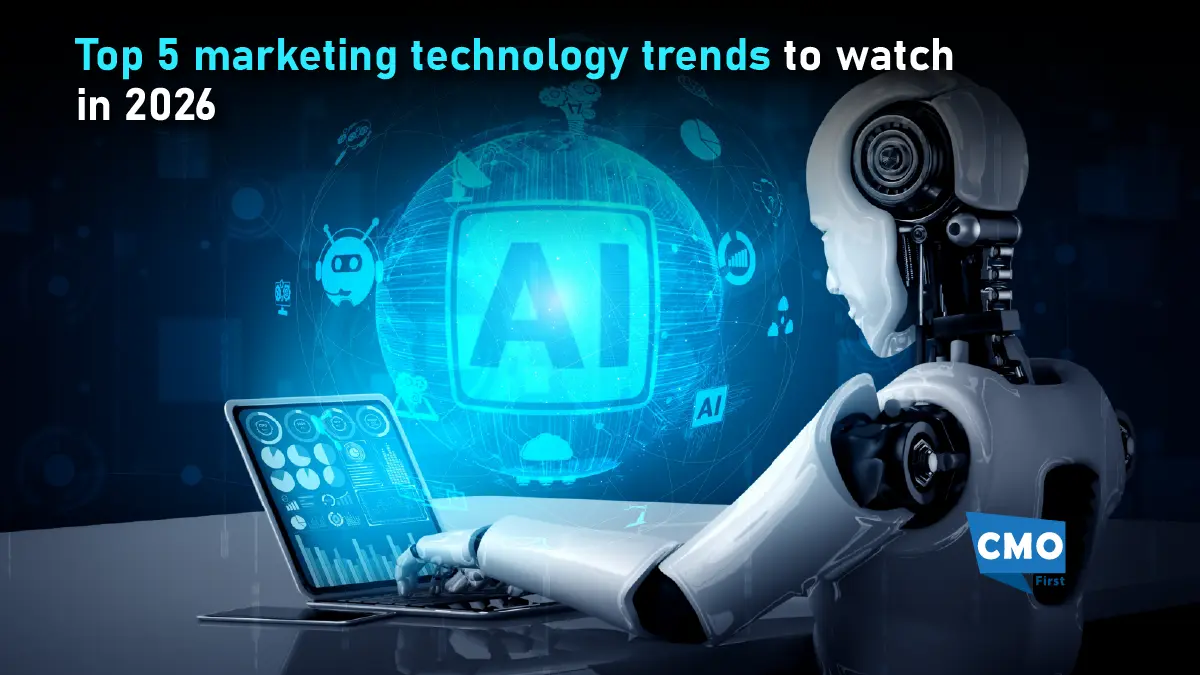Delivering exceptional customer experience has become a top priority for most brands in order to achieve their short and long-term goals. But, there are a few factors that they unknowingly ignore, that hamper them from making steady progress. Hence, CMOs must take charge of the brand’s CX and rethink factors that may prohibit the brand from delivering the required customer experience.
The rapid adoption of digital technologies has forced brands to find better avenues to serve their customers. This accelerated adoption of digital technologies has also increased the importance of customer experience.
With the constantly changing behavior of the customers and the proliferation of touch points, it has become important for CMOs to rethink their brand strategy to deliver the desired customer experience. Based on their industry, brands need to know which touch points will yield the required results. Furthermore, since total CX now possesses the power to make or break the business, it is crucial for brands not to overlook any customer touch points.
Also Read: Challenges of Internet of Things (IoT) in B2B Marketing
3 Customer Experience Factors that CMOs Should Reconsider
-
Technology
Even though technology lacks the warmth and appeal of in-person customer interaction, its customer-centric implementation enables brands to get insights into how to design the optimal experience. Also, according to experts, the cost of smart IT investment options are minimal compared to the value gained from the investment
CMOs must prioritize gathering actionable data about their customers’ preferences, the channels that their teams use to engage with the customers and measuring satisfaction on both ends is a top priority.
Additionally, they should deconstruct silos that may have built up over time. CMOs should make it a priority to consolidate data business solutions in a single, secure structure so that they can access these resources in real-time.
-
Interaction Strategy
CMOs need to understand that in today’s environment where every business interaction is important, an ad hoc approach will not be sufficient. Therefore, they must build an interaction strategy that selects the best communication channels for delivering relevant information at the right time to their desired audience.
After the marketing and sales team have developed their data-driven interaction strategy, it is critical that CMOs evaluate it from the perspective of their customers. If the channel/messaging/audience alignment doesn’t make any sense from the customer’s perspective, CMOs must make it a point to do the required course correction.
Since there are countless communication channels to engage and interact with customers, CMOs must ensure their strategy is designed with a customer-first mindset across each channel.
Also Read: Top B2B Marketing Pitfalls that CMOs Should Avoid for an Efficient Marketing Funnel
-
CX-Focused Brand Structure
CMOs need to understand that adopting a customer-centric approach can be beneficial for their teams and other departments in the organization. And, providing access to the business intelligence platform enables the various entities within the organization to better understand the needs of their customers. The derived insights also enable them to make better-informed decisions.
Brands should make it a point to ingrain a customer-centric approach in their organizational structure. When all the units are aligned with the company’s customer experience goals, brands can increase operational efficiency while simultaneously decreasing the effort required to deliver a phenomenal CX experience.






















Leave a Reply